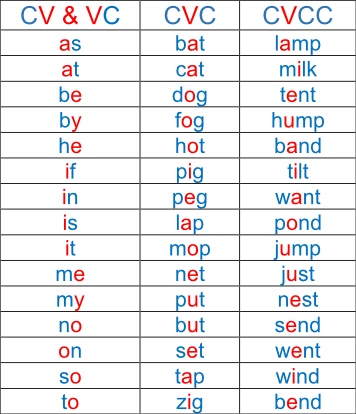
Learning new words (vocabulary) and their meaning begins with earlier play opportunities. Activities, that use play-dough type modelling materials, are great for developing the language knowledge relating to touch, texture, actions and instructional language. Words such as: cold, warm, soft, hard, smooth, rough, gritty, roll, squeeze, squash and pull.
An added benefit to these types of activities is that they also support your child in developing their hand and finger strength, bilateral coordination, sensory perception and for learning and perfecting different grips for using tools.
Salt Dough
So, why not make some great salt dough Christmas gifts and tree decorations with your child. Not only will they melt the hearts of those who receive them but you will be developing your child’s fine motor skills (needed for good handwriting) while having fun; can’t be bad!
For a salt dough recipe that I have found good to use with children go to our ‘More fun handwriting activities’ page (https://teachhandwriting.co.uk/more-activities.html ) in the Parent section of our Teach Handwriting website ( https://teachhandwriting.co.uk/ ) and just download the ‘Salt Dough Modelling’ pdf.

